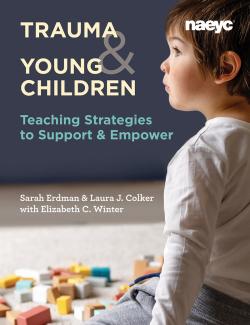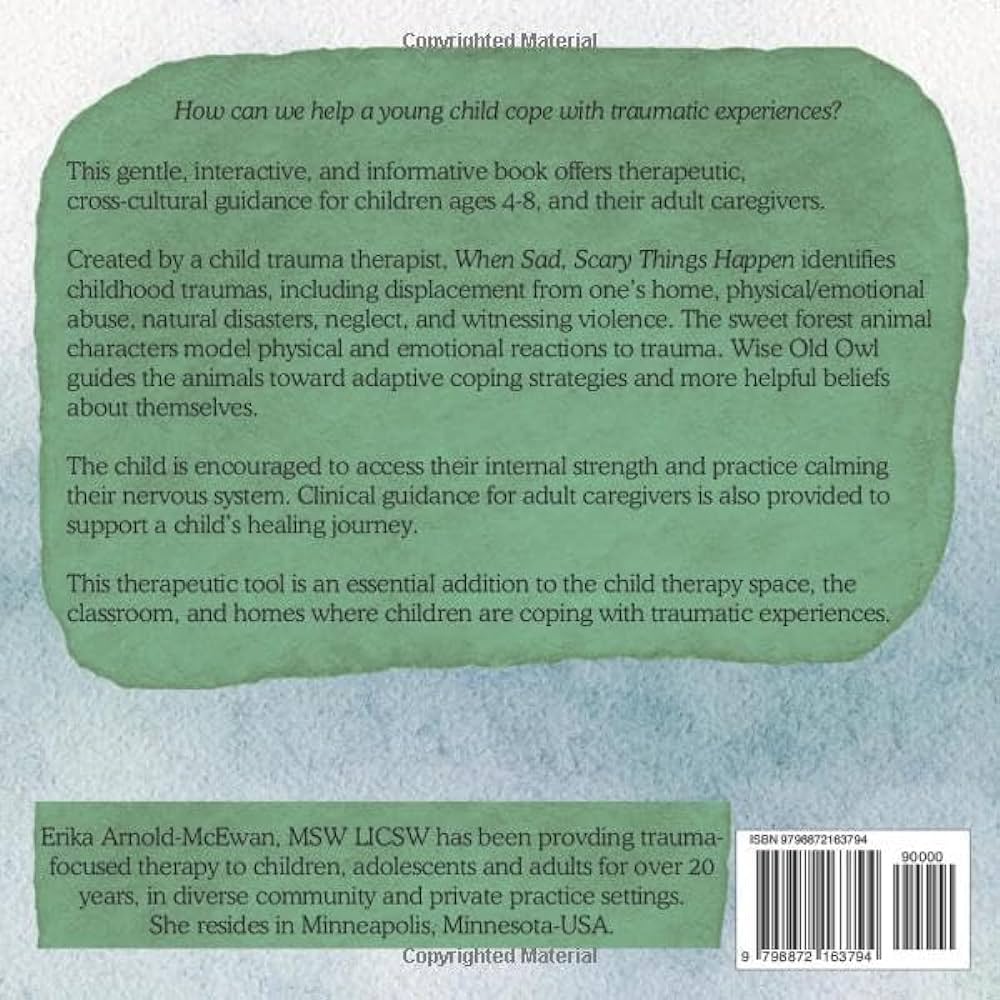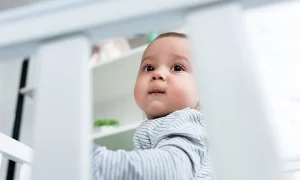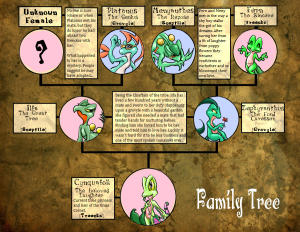To help children coping with trauma, provide a safe and nurturing environment where they can express their feelings openly and seek professional therapy if needed. Addressing their emotions and experiences with empathy and understanding is crucial in promoting healing and resilience for children going through traumatic events.
Children may struggle to process and cope with overwhelming emotions during and after a traumatic experience, leading to various behavioral and emotional challenges. As caregivers and support systems, it’s vital to create a supportive and non-judgmental space where children feel heard and validated in their experiences.
By fostering open communication, building trust, and offering appropriate interventions, we can assist children in navigating the complexities of trauma and promoting their recovery and well-being.
Table of Contents
ToggleRecognizing Childhood Trauma
Recognizing childhood trauma is essential to help children cope effectively. Providing a safe and supportive environment, along with professional help, can aid in their healing process. Validating their feelings and offering them tools to manage their emotions can make a significant difference in their journey towards recovery.
|
Signs of Childhood Trauma: – Withdrawal from activities – Persistent nightmares or trouble sleeping – Sudden changes in behavior – Difficulty focusing or performing well in school Common Traumatic Events: – Abuse or neglect – Witnessing violence – Natural disasters – Serious accidents or injuries |

Credit: www.naeyc.org
The Impact Of Childhood Trauma
Childhood trauma can have lasting effects on emotional well-being. It may lead to anxiety and depression in children. Behavioral changes can manifest as aggression or withdrawal. Providing support and understanding is crucial for helping children heal. Encouraging open communication and seeking professional help when needed can make a significant difference in their recovery.
Creating A Safe And Supportive Environment
Establishing trust is crucial when helping children cope with trauma. Building trust with the child allows them to feel safe and supported, enabling the healing process. To establish trust, it is essential to create a stable and predictable environment. Children need consistency and routine to feel secure. Open communication is another vital aspect of creating a safe environment. Encourage children to express their feelings and thoughts without judgment or criticism. Listen actively, validate their emotions, and provide reassurance. By promoting open communication, you can help the child identify and process their emotions effectively. Additionally, creating a warm and nurturing space where the child feels loved and accepted is key. Show empathy and compassion towards their experiences, and provide them with comfort and emotional support whenever needed. By implementing these strategies, you can create a safe and supportive environment for children coping with trauma.

Credit: m.facebook.com
Building Resilience In Children
Helping children cope with trauma can be challenging yet rewarding. Teaching coping skills like deep breathing exercises and journaling can support their emotional well-being. Fostering positive relationships with trusted adults and peers can offer comfort and stability. Engaging in activities that promote self-expression and creativity can aid in their healing. By providing a safe and nurturing environment, children can develop resilience and overcome adversity. Encouraging open communication and seeking professional help when needed are crucial in ensuring their recovery.
Assessing And Addressing Individual Needs
When helping children cope with trauma, it is crucial to assess their individual needs. Seeking professional help from counselors or therapists can provide valuable insights into a child’s emotional and psychological state. Tailoring interventions based on the specific needs of each child is essential for providing effective support and promoting healing. By understanding the unique challenges and experiences of each child, caregivers and professionals can offer personalized strategies to help them navigate through their trauma and build resilience.
Implementing Trauma-informed Practices
When we talk about helping children cope with trauma, education and awareness play crucial roles. Sensory integration is an important aspect of trauma-informed practices. Understanding how trauma affects a child’s sensory system can help educators and caregivers provide the appropriate support.
Children who have experienced trauma may display heightened sensory sensitivities or seek sensory input to regulate themselves. Providing a safe and supportive environment that addresses sensory needs can help children feel more secure and decrease the impact of trauma-related triggers.
Implementing trauma-informed practices involves creating sensory-friendly spaces and using sensory strategies to support emotional well-being. Some examples include offering alternative seating options, providing fidget tools, incorporating movement breaks, and establishing sensory calming areas.
By prioritizing education and awareness regarding sensory integration and trauma-informed care, we can create environments that promote healing and resilience for children who have experienced trauma.
Supporting Children Through The Healing Process
Support children by encouraging them to express their feelings through art or play therapy.
Ensuring that they feel validated and supported in their emotional experiences.
Listening actively and providing a safe and nurturing environment for them to share.
Promoting Long-term Recovery
Helping children cope with trauma is crucial for their long-term recovery. Continuing support from caregivers and professionals is essential. Providing a safe and nurturing environment to prevent re-traumatization can aid in the healing process.

Credit: www.amazon.com
Frequently Asked Questions On Help Children Coping With Trauma
How Can I Help My Child Cope With Trauma?
One of the most important ways to help children cope with trauma is to provide a safe and nurturing environment. Listen to their concerns, offer reassurance, and seek professional help if needed. Acknowledge their feelings and emotions, and provide a consistent routine.
What Are Some Signs That A Child Is Struggling With Trauma?
Children struggling with trauma may exhibit symptoms such as anxiety, trouble sleeping, aggression, and withdrawn behavior. They may also experience changes in appetite, difficulty concentrating, or physical complaints. Recognizing these signs can help in providing the necessary support and intervention.
What Are Some Activities That Can Help Children Cope With Trauma?
Engaging in creative activities such as art, music, or storytelling can provide children with a healthy outlet to express their emotions. Physical activities like sports or yoga can also be beneficial. Encouraging open communication and spending quality time together can make a positive impact.
How Can I Talk To My Child About Traumatic Events?
When talking to your child about traumatic events, it’s important to be honest and age-appropriate in your explanations. Encourage them to ask questions and express their feelings. Provide comfort and reassurance, while emphasizing that what happened was not their fault.
Listening attentively and being patient are essential.
Conclusion
Helping children cope with trauma is essential for their overall well-being and future success. By providing them with a safe and supportive environment, open communication, and professional guidance, we can empower them to heal and grow. Remember to validate their feelings, teach coping skills, and seek assistance when needed.
By doing so, we can nurture resilient young individuals who can face life’s challenges with strength and courage. Together, let’s create a world where every child has the opportunity to heal and thrive.

Mother of Two children. I’m a former teacher with a background in child development and a passion for Good parenting. I understand child development and know how to develop activities to help children learn and grow. Spare time, I enjoy spending time with my family, reading, and volunteering in my community. Read More








